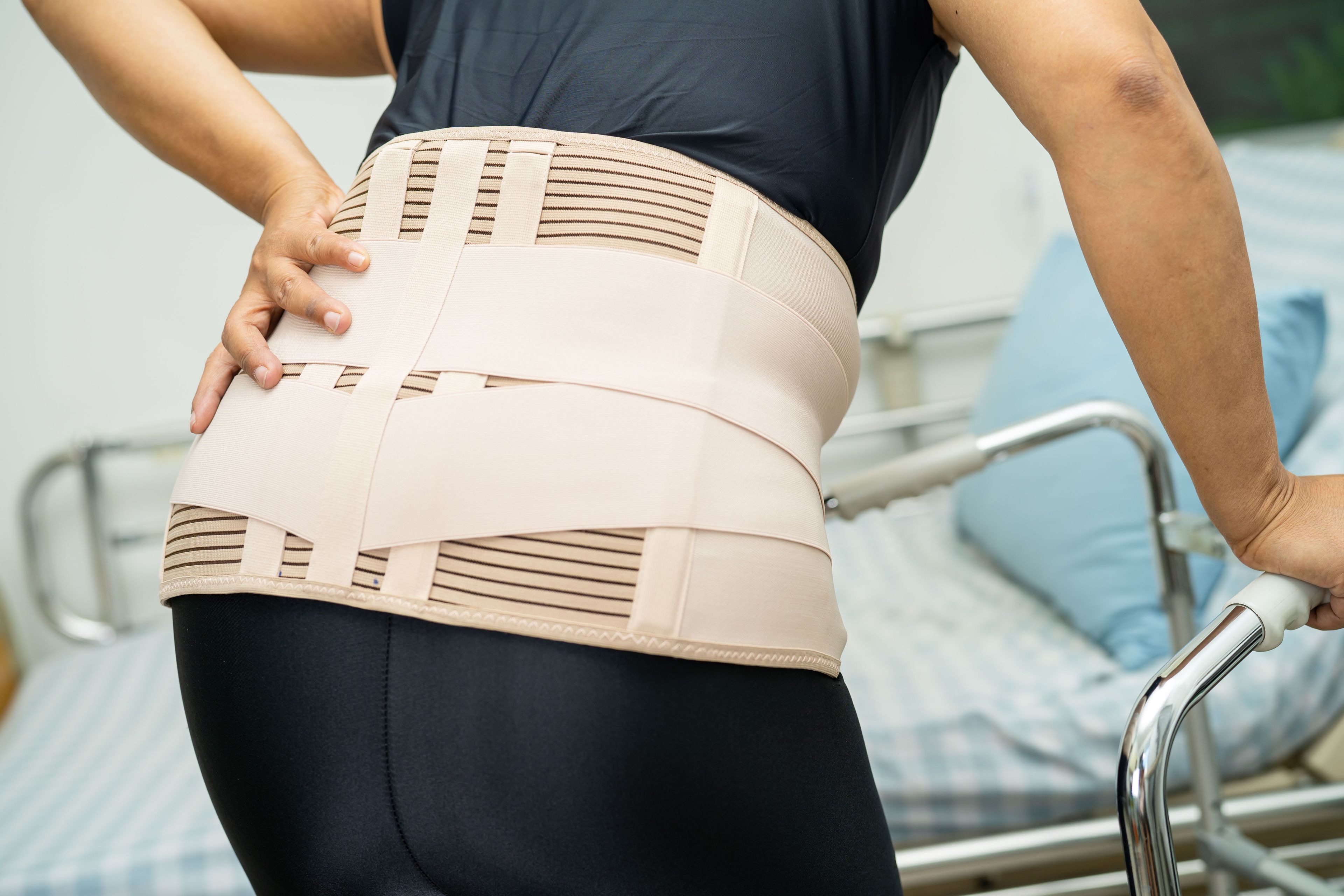Back Braces: Help or Harm?
Chronic back pain affects everything from your ability to work to your quality of sleep. When you're searching for relief, you might come across a common solution: the back brace. There are thousands of braces on the market today that many claim to help eliminate pain. And whey you’re suffering from debilitating pan that is affecting your quality of life, a brace can often be seen as a quick fix, a simple way to get support and reduce discomfort.
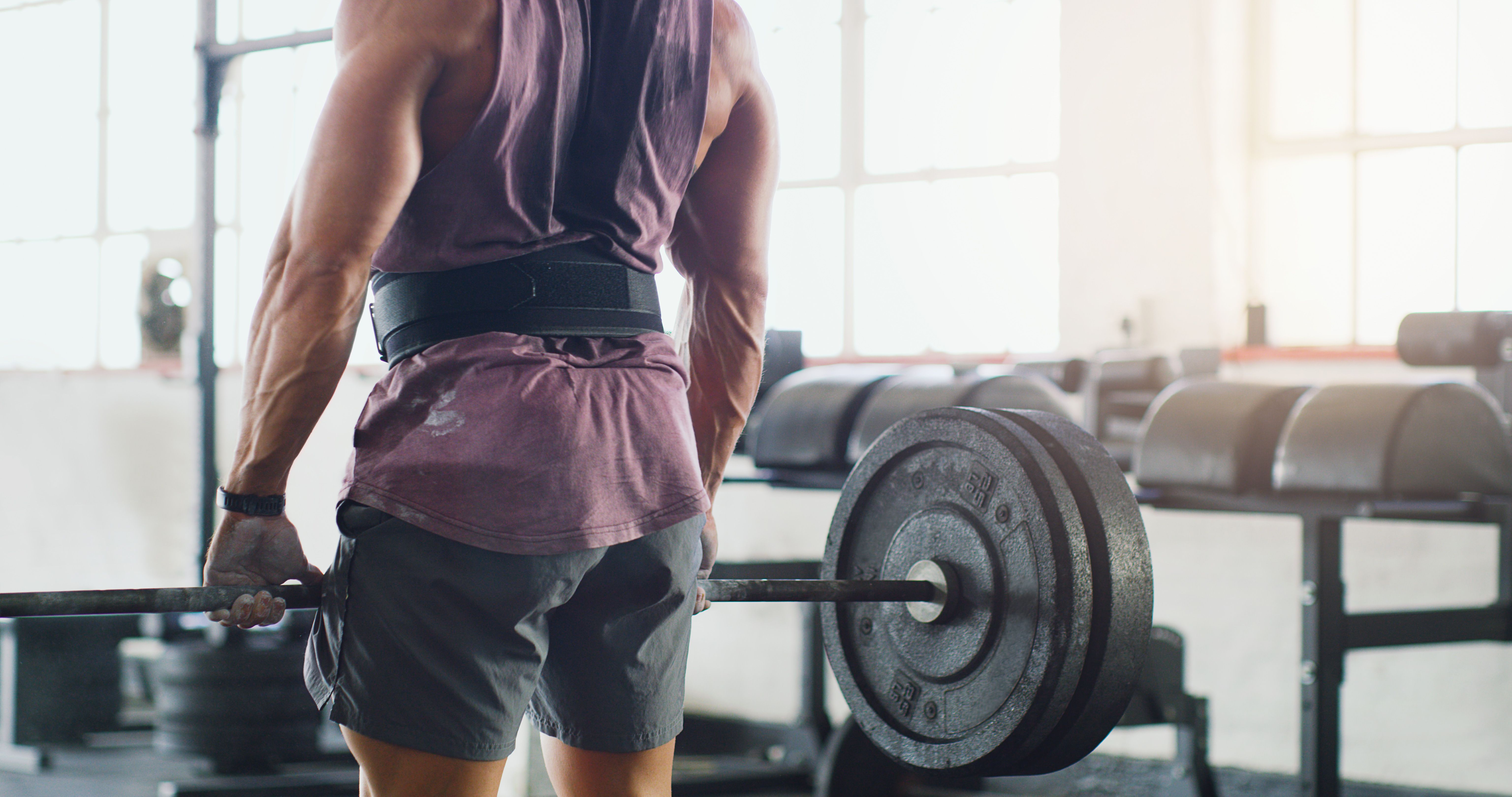
Braces are designed to support your spine and limit movement, which can be helpful in certain situations. When used over the long term there is the potential to make matters worse. This guide will walk you through the pros and cons of wearing a back brace, helping you make an informed decision about managing your back pain.
When Wearing a Back Brace Helps
When used correctly and for the right reasons, a back brace can offer significant advantages.
1. Post-Operative Spinal Support
One of the primary functions of a back brace is to provide external support to your lower back and abdomen. This added stability helps take the pressure off your spinal structures, including your vertebrae, discs, and ligaments. Patients recovering from spine surgery are put into a brace to immobilizing the spine and ensuring it remains in a stable position to heal properly.
2. Spinal Fractures
For patients who have fractured their vertebrae and must not bend or twist, the brace is used to not only immobilize the spine, but to serve a reminder to keep upright and straight.
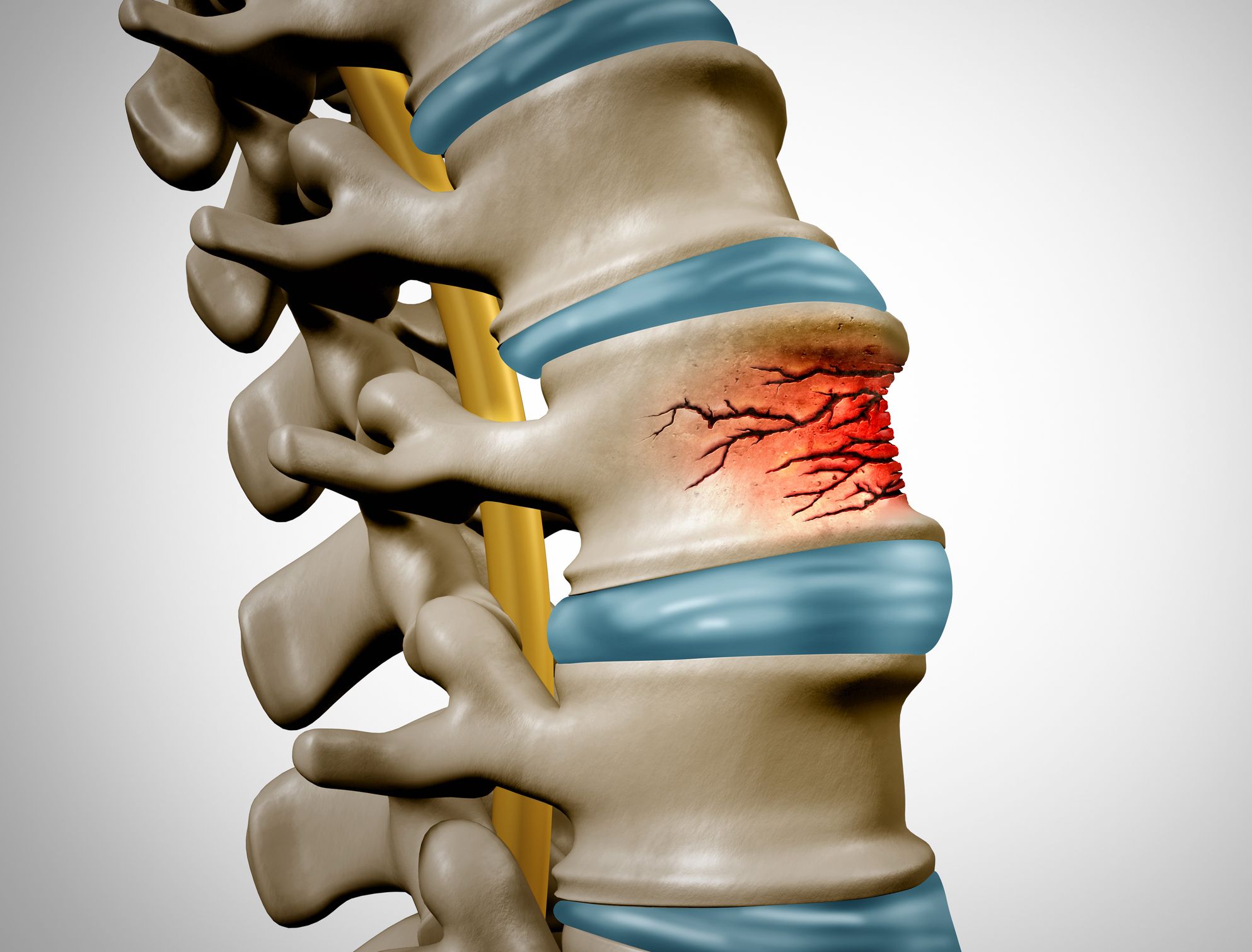
It can be thought of as a cast for your back, protecting it during a vulnerable period.
3. Posture Correction
Poor posture is a major contributor to chronic back pain. Slouching at a desk or standing with a swayed back puts uneven pressure on your spine. A back brace can act as a physical reminder to maintain proper alignment because it makes slouching uncomfortable, prompting you to sit or stand up straight. Over time, this can help you retrain your muscles and develop better postural habits, even when you're not wearing the brace.

The Drawbacks of Wearing a Back Brace
For many, the most compelling reason to use a back brace is the potential for immediate pain relief. By compressing the torso and supporting the spine, a brace can reduce the load on overworked or injured back muscles. This can make daily activities like standing, walking, or lifting more manageable for someone experiencing acute back pain. For those suffering from chronic back pain (more than three weeks of symptoms) over-reliance on a back brace can sometimes do more harm than good.
1. Muscle Weakness and Dependency
Perhaps the most significant drawback is the risk of developing muscle dependency. Your core muscles—including your abdominal and lower back muscles—are your body's natural brace. They work together to support your spine and maintain stability.
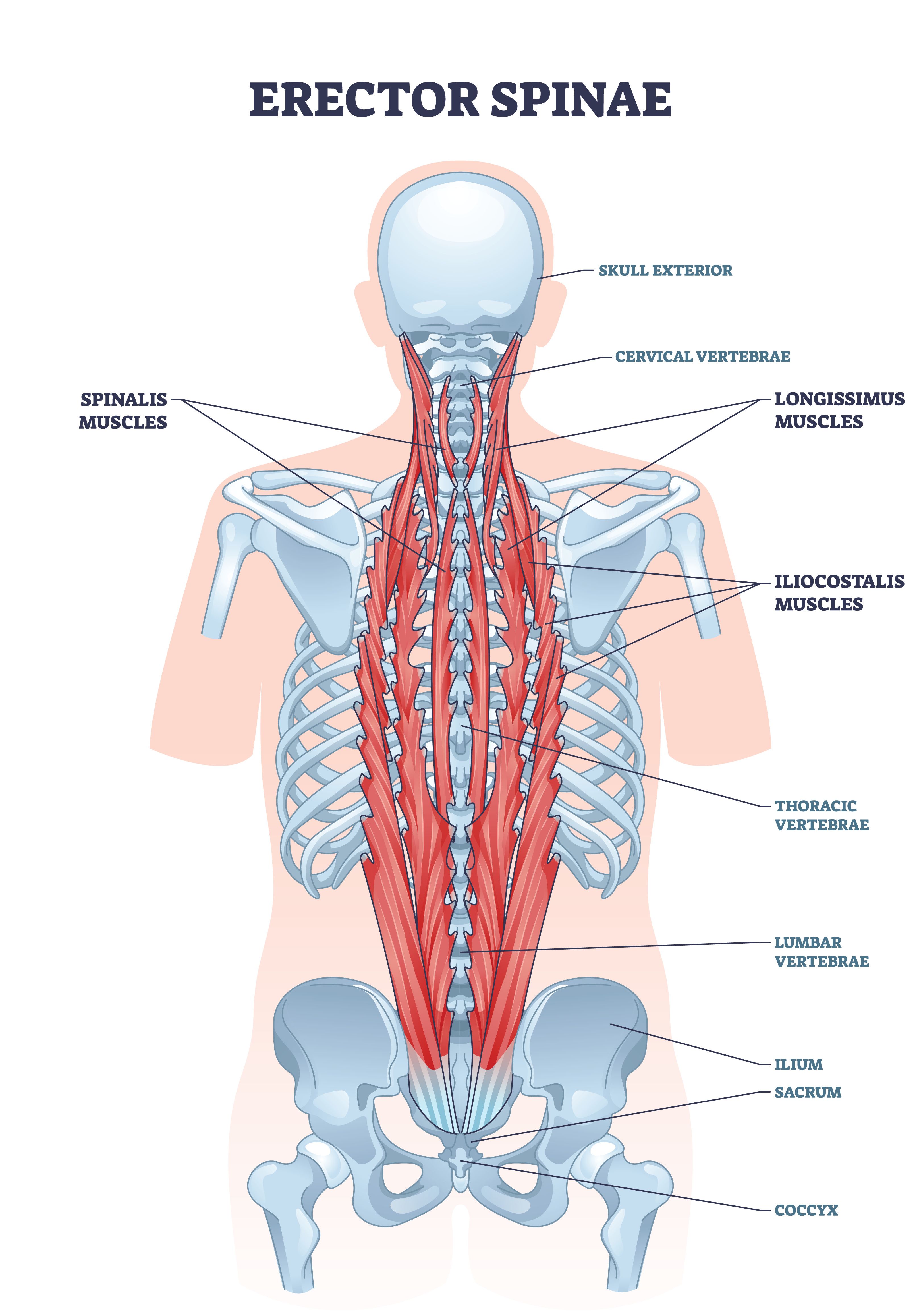
When you wear a back brace for an extended period, these muscles don't have to work as hard. They can begin to weaken and atrophy from disuse. If you’ve ever been in a cast for a broken bone, you’ll recall how weak your muscle felt when the cast removed - the same applies to a brace. Additionally, if you become reliant on it, your core may become too weak to support your spine on its own, potentially leading to more pain and a higher risk of injury once you stop using it.
2. Limits Functional Mobility
A back brace is designed to limit the motion of your spine. While this is beneficial for healing after an injury, it can be a major drawback for
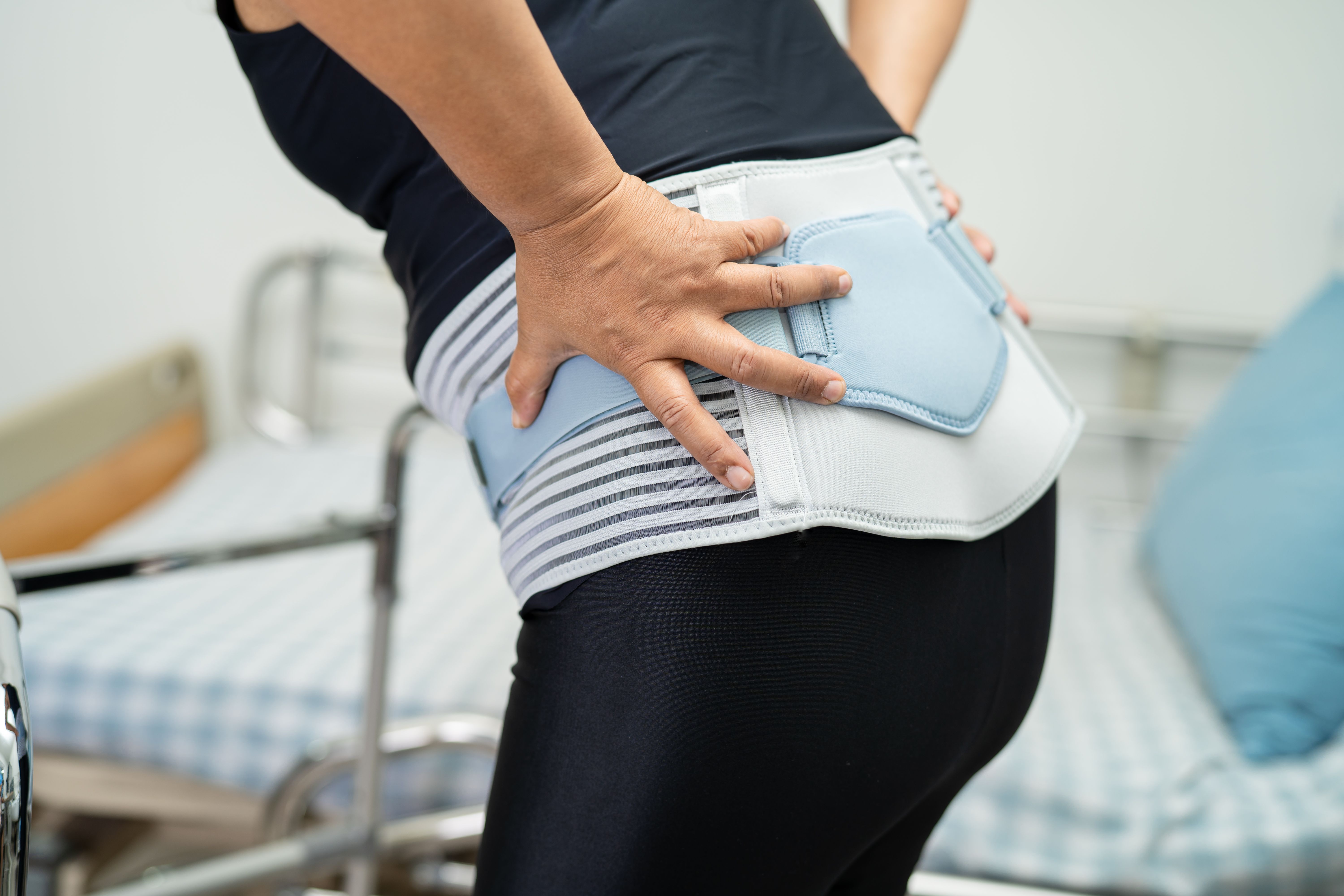
everyday life. Simple tasks like bending over to tie your shoes, twisting to grab something, or even getting in and out of a car can become difficult and awkward. Restricting mobility limits your ability to perform daily activities and maintain your quality of life.
3. Discomfort and Skin Irritation
Back braces are often made from rigid or semi-rigid materials designed to restrict movement. While this is their purpose, it can also lead to discomfort. The brace might dig into your sides, feel too tight, or restrict your breathing.
Wearing a brace for long hours can trap heat and moisture against your skin. This can lead to chafing, rashes, and other skin irritations. Finding a brace that fits perfectly is challenging, and an ill-fitting one will only worsen these issues.
Comparing Short Term Benefits vs. Long Term Risks
SHORT TERM BENEFITS | LONG TERM RISKS |
Pain relief: Provides immediate support and can reduce acute pain during flare-ups Postoperative support: Essential after spinal surgery to promote proper healing Injury stabilization: Helps immobilize the spine after trauma or fractures Activity modification: Reminds patients to move carefully and avoid harmful positions Confidence: May reduce fear of movement, allowing patients to stay more active during recovery
| Muscle atrophy: Core and back muscles weaken from disuse Dependency: Psychological and physical reliance on the brace Reduced proprioception: Decreased body awareness and natural stabilization False security: May encourage improper mechanics or overexertion Delayed rehabilitatioN: Can postpone addressing underlying weakness or biomechanical problems
|
Why Live In Pain?
While a back brace can be a useful tool for short-term relief or specific medical conditions, it does not address the root cause of back pain. It is a temporary solution to a long-term problem that will eventually return, particularly with long term use.
The Deuk Spine Institute treats back pain at it source, eliminating it forever. If you been wearing a back brace to help find relief, consider the safe, proven, alternative traditional spinal surgery The Deuk Laser Disc Repair which will have you living pain free in within three days.

Take the first step to a pain-free life: upload your most recent MRI to receive a free review and consultation with Dr. Ara Deukmedjian, M.D., the founder of Deuk Spine Institute, who developed the Deuk Laser Disc Repair® procedure. Members of our team will reach out so you can recapture your life.
